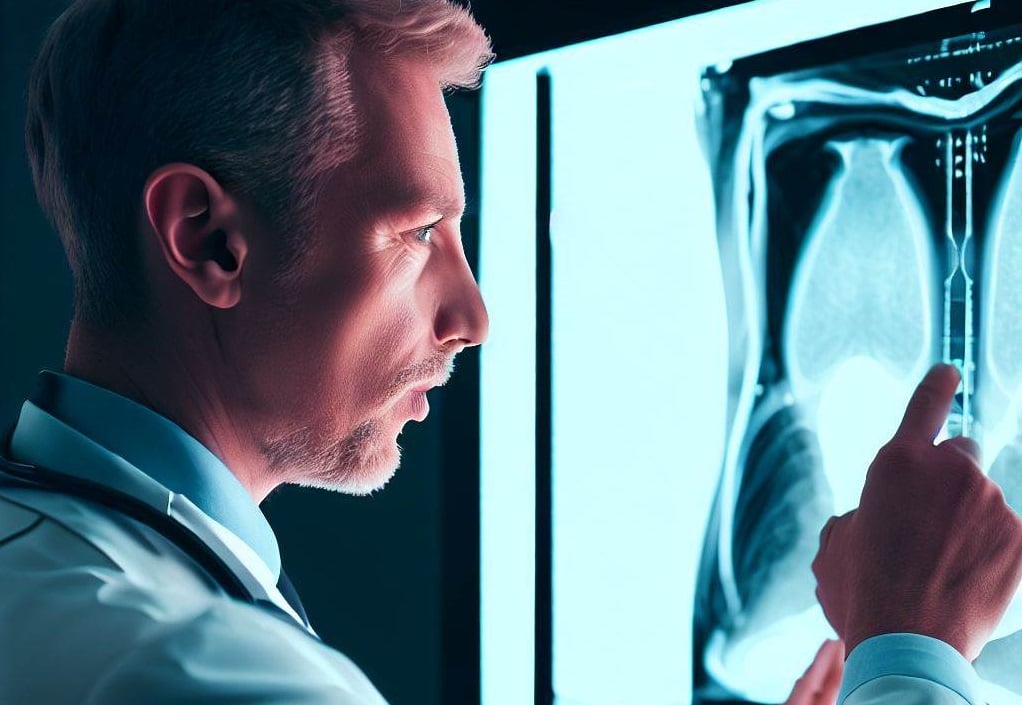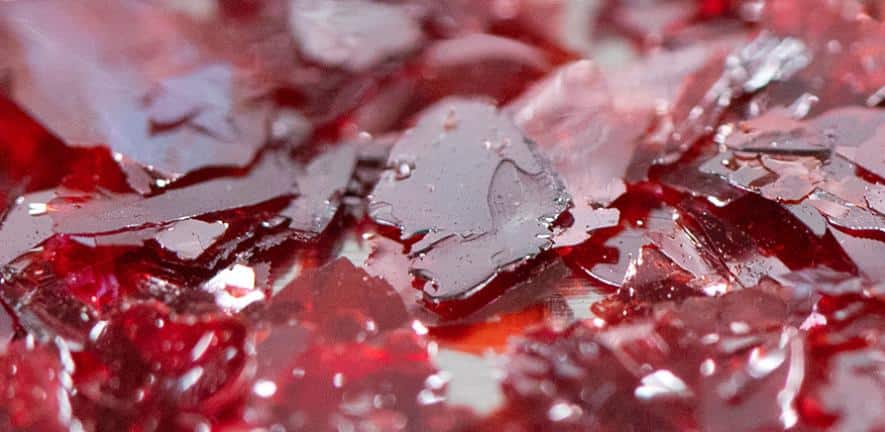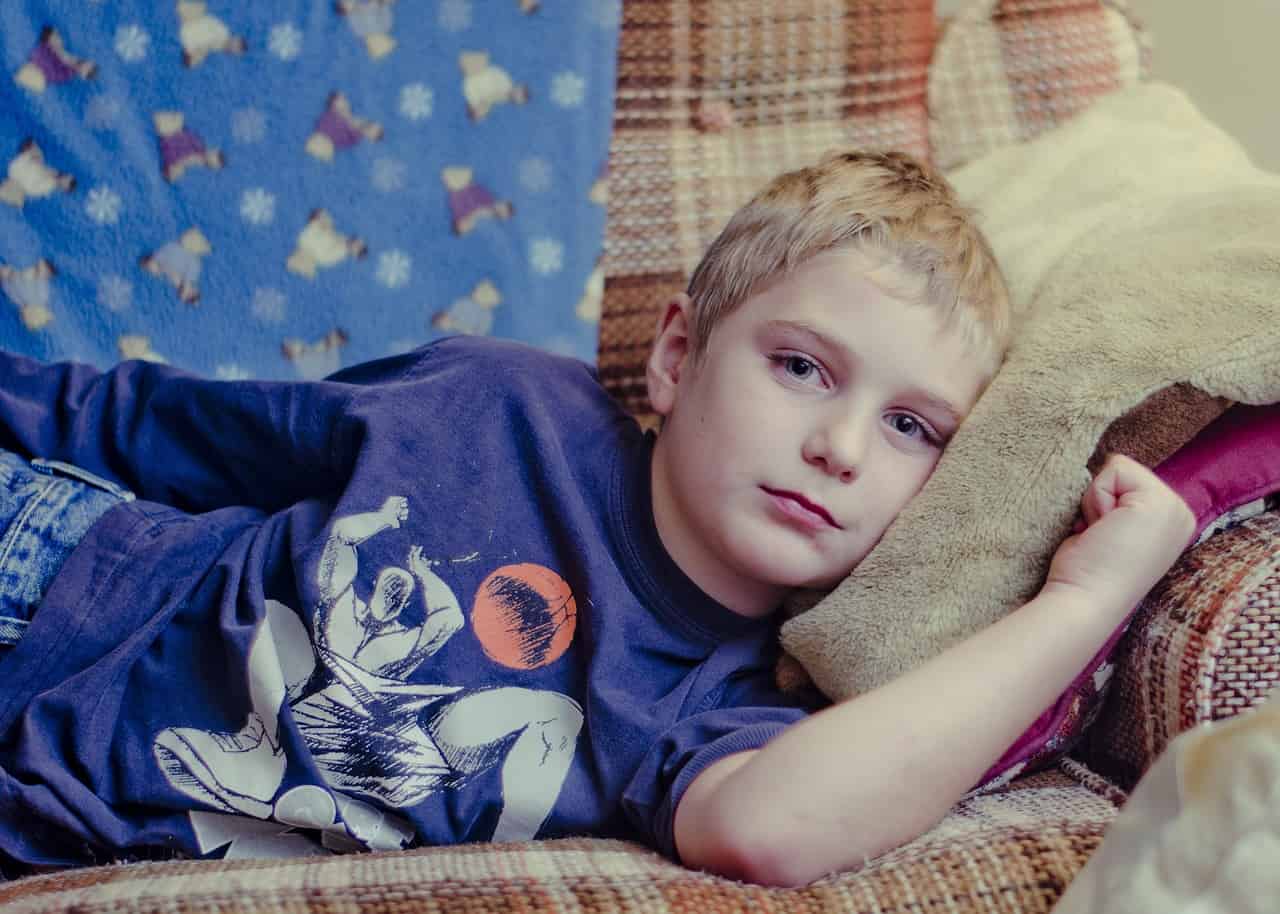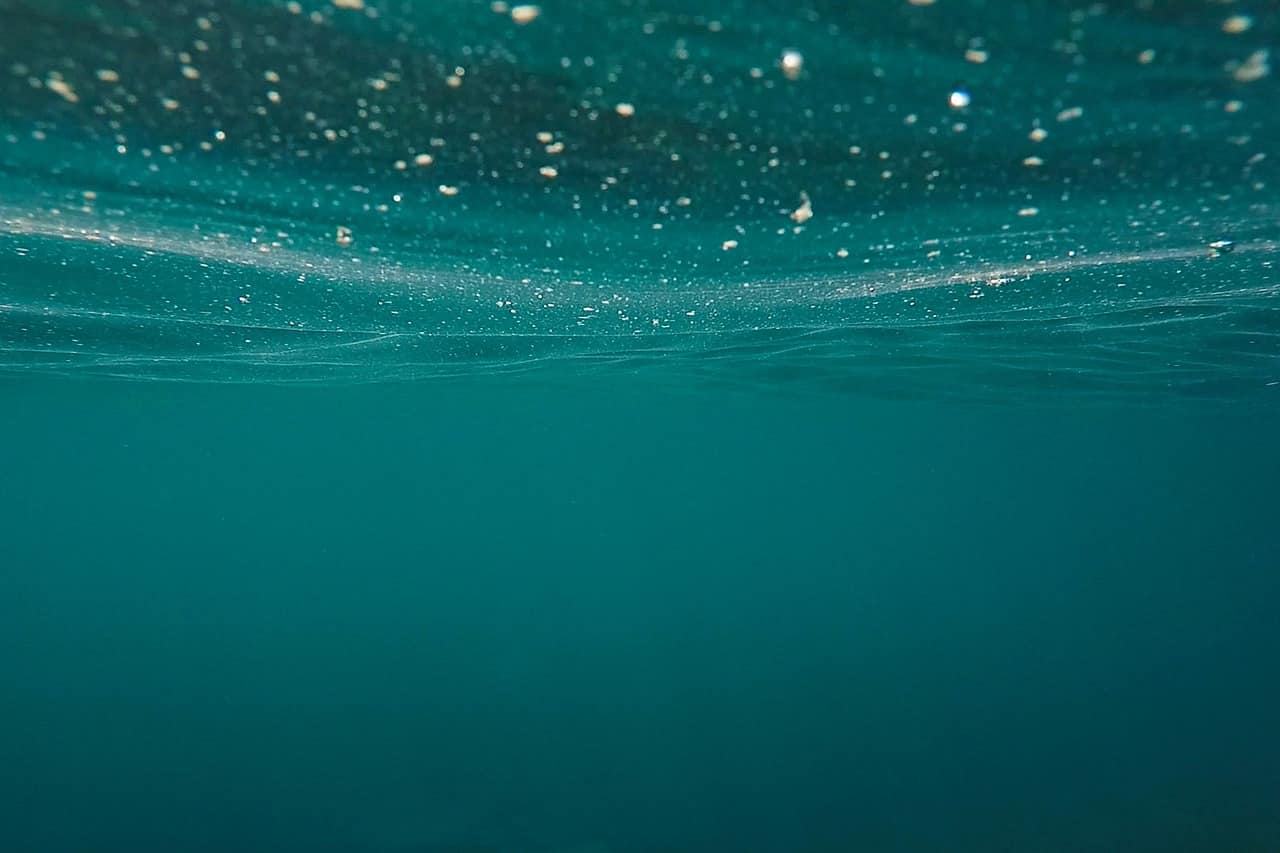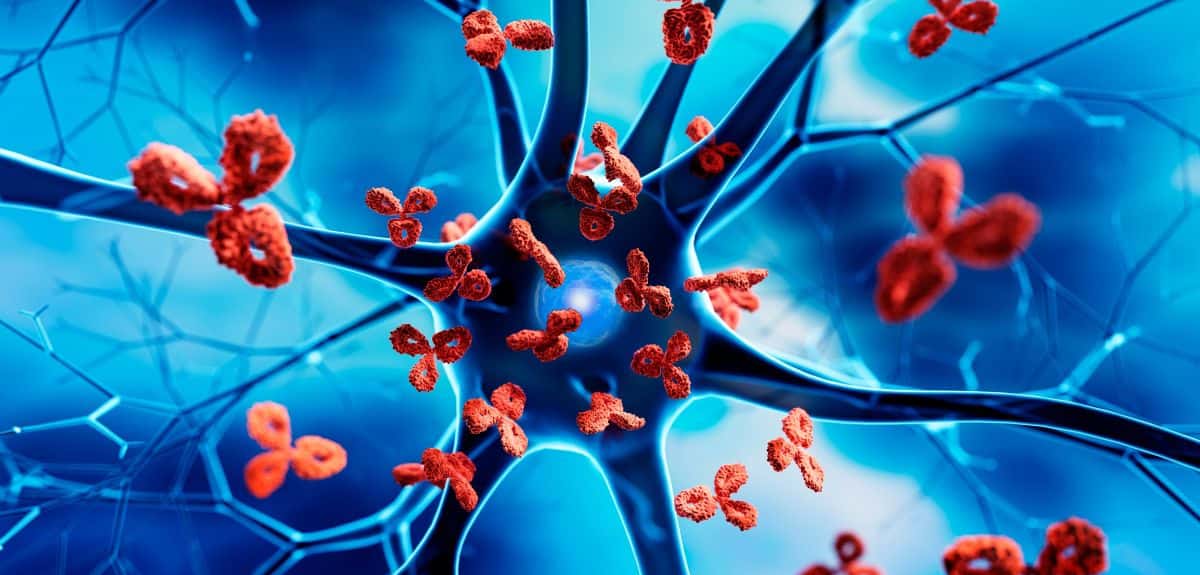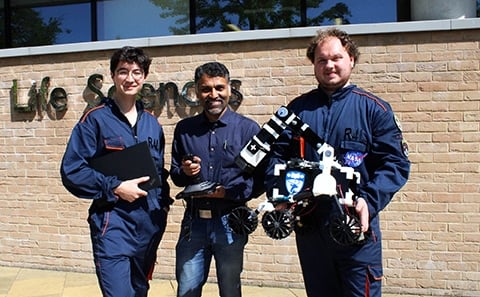
Cutting-edge technology used to search for signs of life on Mars is poised to revolutionise disease detection and monitoring, via research led by the University of Southampton. This technology, developed in the so-called InLighenUs project, will be on show at the prestigious Royal Society Summer Science Exhibition in London in July, says the university in a press release.
- When healthcare and space innovations are combined, this enables promising changes in health technologies
- A spectroscopy is used for detecting diseases in humans, but can search for life in space as well
Lead researcher Sumeet Mahajan, Professor of Molecular BioPhotonics and Imaging at the University of Southampton, said: “NASA’s rover Perseverance, which is looking for signs of life on Mars, uses Raman spectroscopy – exactly the same technology that we are using to develop disease detection. NASA is looking for molecules that might have represented life, and we are looking for molecules in living patients to diagnose diseases.”
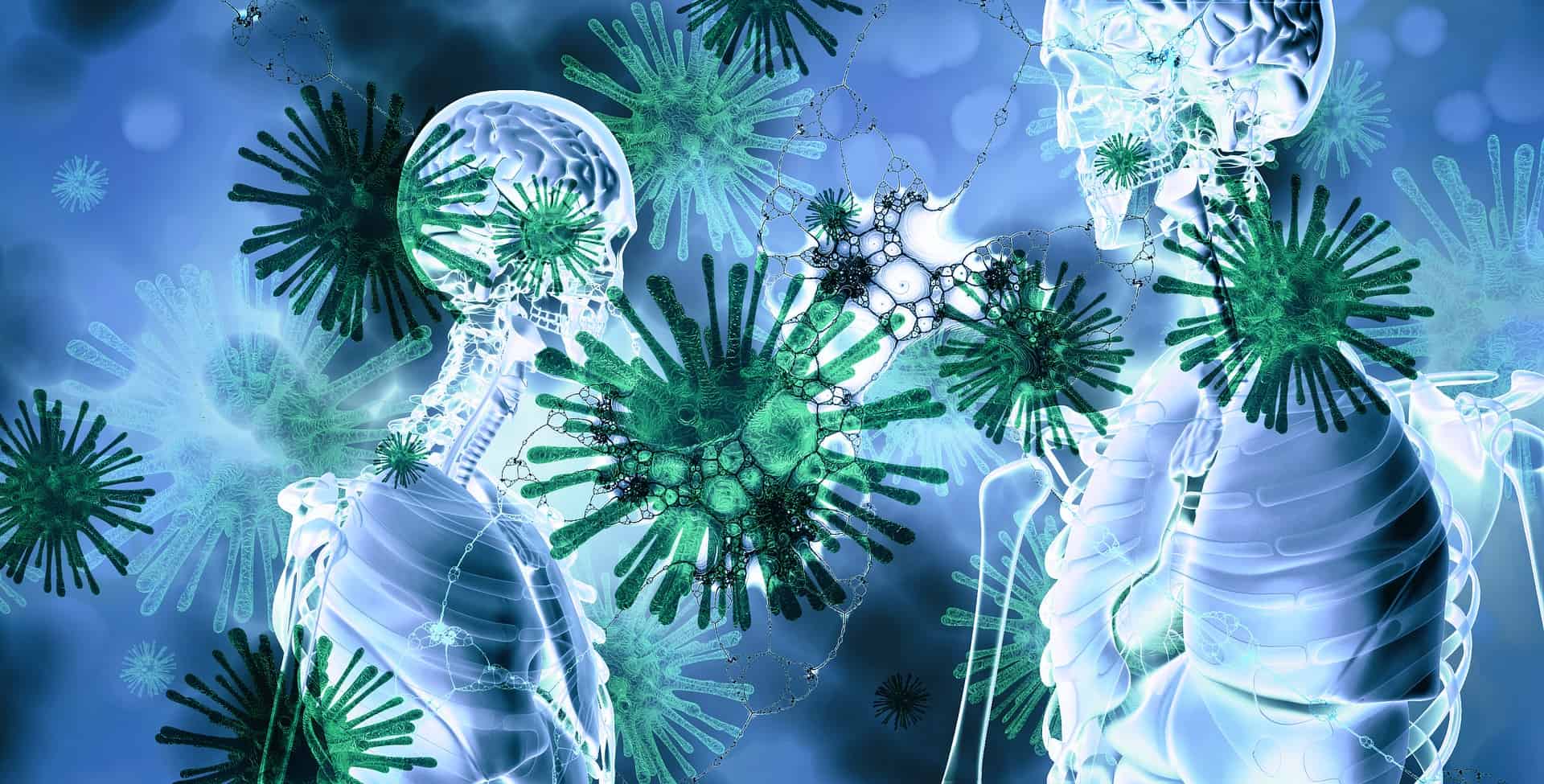
Airport scanner
Professor Mahajan, part of the interdisciplinary team: “Currently the norm [in healthcare] is invasive and takes a long time, for example a biopsy is taken and sent for analysis. Our proposal is to diagnose instantly through Raman spectroscopy and other technologies. Our ultimate vision is a walk-through arch, similar to an airport scanner, which would scan your body instantly up to a 10cm depth for all different diseases, providing an immediate diagnosis. It wouldn’t use any biopsies or harmful radiation.”
Five years
This vision is for 2050 and beyond, but is expected to begin making an impact within five years. “Within five years, I predict we will be using a combination of techniques developed within the InLightenUs programme to scan to several millimetres beneath the skin to help diagnose diseases such as melanoma or osteoarthritis,” said Professor Mahajan.
Bringing together disciplines
Professor Mark Bradley, Director of the InLighenUs project, based at the University of Edinburgh, said: “I am delighted that we are able to share the work and vision of our interdisciplinary research team with the wider public. It shows the power of bringing together the disciplines to enable step changes in health technologies and their application, and allowing and growing the next generation of early career researchers.”
Professor Amanda Wright, from the University of Nottingham, added: “At Nottingham, we are working towards this vision by using technology first developed for ground-based astronomy, where objects are viewed through the atmosphere, to produce high quality images through layers of tissue. We bring together engineers and computer scientists to speed up the processes involved, enabling solutions that are suitable for the clinic.”
The Royal Society Summer Science Exhibition
At the summer science exhibition, members of the public will be able to drive the replica Mars rover over Martian-style terrain, using its integrated Raman spectroscope to hunt for ‘life’. University of Southampton PhD students Jake Kleboe and Hiroki Cook built the rover. “The rover moves across a simulated Mars surface, demonstrating ‘light firing’ laser techniques to identify materials by revealing their ‘chemical fingerprint”. It demonstrates to the public how the Perseverance Rover is using light to detect molecules of life on Mars.
“We will showcase how innovations in disease detection technology on Earth go hand in hand with amazing discoveries in space,” added Hiroki.


